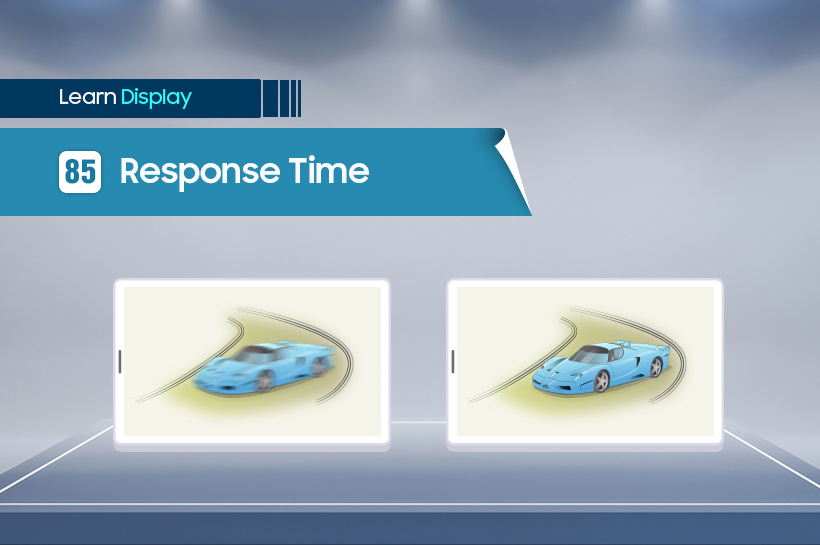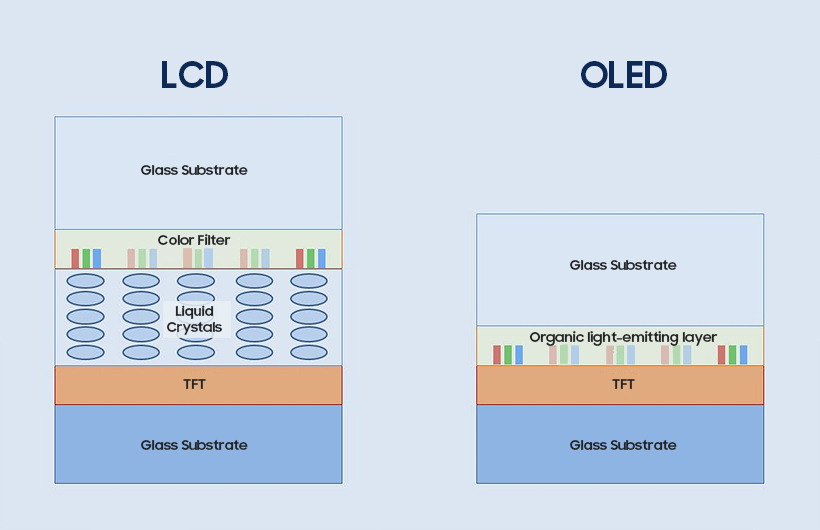
Response time for displays refers to the amount of time taken from the moment when voltage is applied to an electric circuit (TFT) to the moment when the pixels make the final change. In other words, it means the speed at which an image on the display screen is replaced. The longer the response time is, the blurrier the image looks due to the greater amount of residual pixels from the previous image; the shorter the response time is, the clearer an image is on screen due to less residual pixels.
The unit of measurement for response time is millisecond (ms), or 1/1000 second. For instance, 5ms of response time indicates the performance of a display that can change the colors of pixels in just 5/1000 second to display a new image. Response time can be measured in two ways: The white-to-black method, which is the most traditional way of calculating response time, measures the amount of time for a pixel to undergo a black-white-black sequence of change. The gray-to-gray method was introduced later to measure the amount of time for a pixel to go from 10% to 90% gradation of gray.

One of the most widely used flat panel displays, LCDs require the physical movement of liquid crystals and therefore have a relatively long response time. On the other hand, OLED displays with pixels that are self-luminous do not require any such physical operations, thereby ensuring a significantly shorter response time. Samsung Display’s OLED display panel for laptops recorded 0.2ms in response time, being certified by the global certification organization SGS for gaming performance on May 2021.




